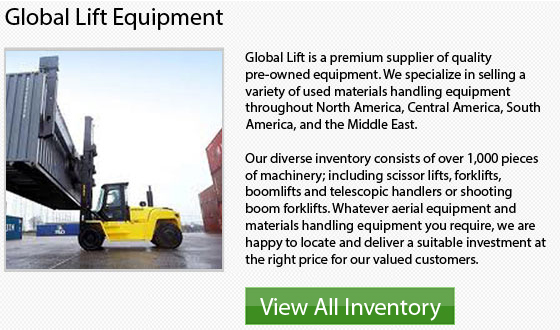
Forklift Battery Dangers
The best choice of forklifts for a lot of warehouses or supply outlets are electric models that are needed to transport equipment and heavy items into and out off storage. These devices are battery powered with big batteries allowing the lifting of heavy cargo. Normally, warehouse employees are responsible for swapping out the batteries or recharging them during a shift. Even though these batteries have been developed and designed with safety as the priority, there are still several problems a handler has to know and things to be avoided when near the batteries.
Weight
Some forklift batteries can weigh as much as 2000 lbs. or 1 ton, depending upon the type. These extreme weights factors will require mechanical assistance to safely charge and change the battery. Roughly 50% of all forklift battery-related injuries are caused by improper moving and lifting these heavy pieces of machinery. At times jacks, other forklifts or even specialized carts are utilized so as to move and transport heavy batteries. The overall success of utilizing these pieces of machine would truly depend on how safely the handler affixes the battery to the cart. Unfortunately, severe injuries can occur because of falling batteries.
The industry has strict protocols which describe how and when the forklift battery will be charged. Most businesses have extensive regulations and rules describing the safest method to remove the forklift battery in an efficient and safe manner.
Corrosives
It is vital to know that lift truck batteries are filled with corrosive liquids that need correct safety precautions followed in order to handle them. Two of the most common lift truck battery types include sulfuric acid and potassium hydroxide. These are both extremely corrosive materials which could lead to chemical burns to the skin, hands, face and eyes.